The revolution that set Zurich streets ablaze
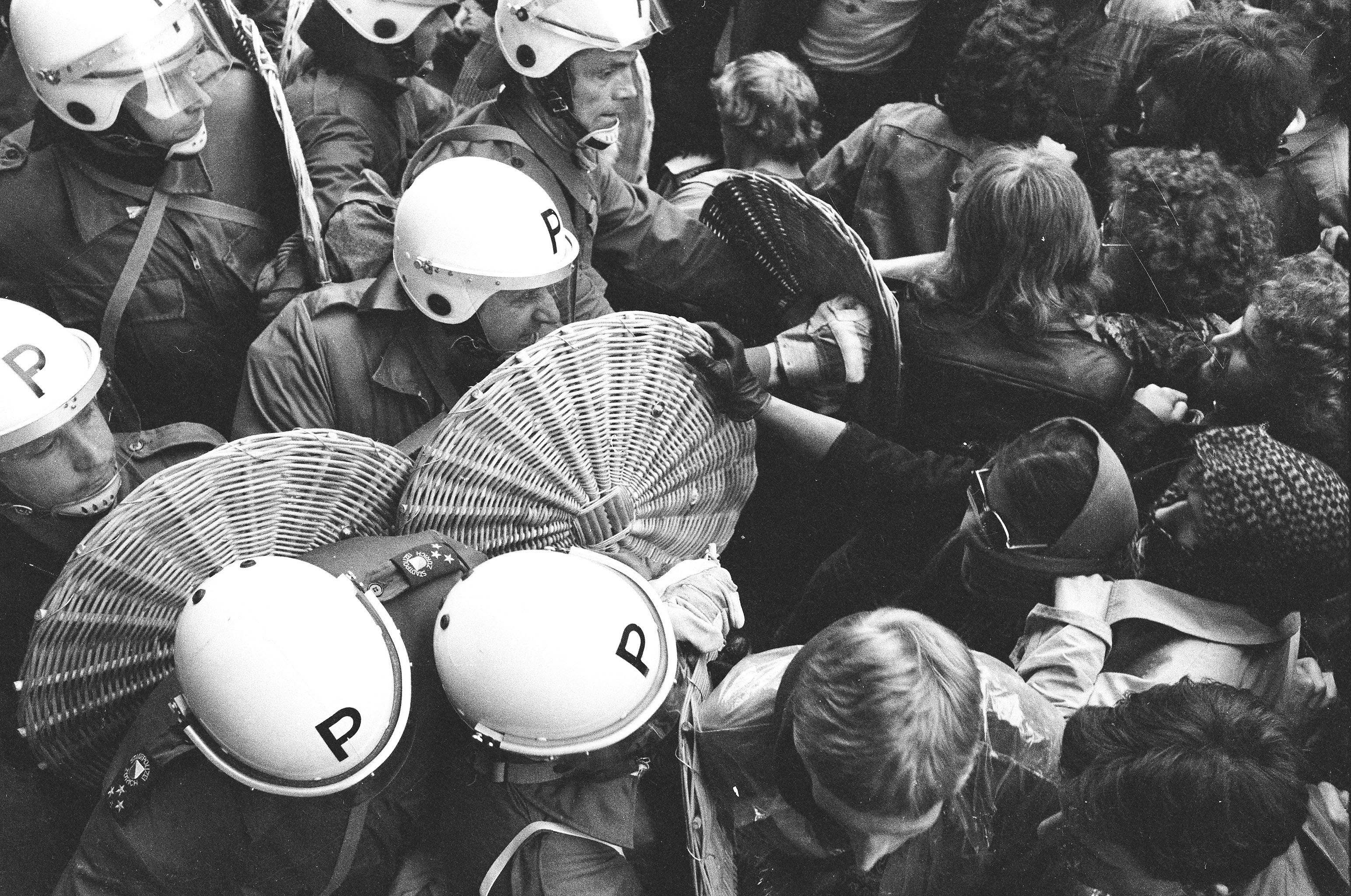
Thirty years ago, the conservative and seemingly orderly city of Zurich was turned upside down by months of violent rioting – all in the name of art.
The social unrest started on May 30, 1980, as a protest outside the city’s opera house turned ugly. By the time order was restored, shops had been wrecked, cars burned, thousands arrested, many were injured and one person had died.
“There were clashes every week and fights between citizens and police went on for hours with lots of tear gas being used. It was like a war zone,” one eye witness, Olivia Heussler, told swissinfo.ch.
The outside world was stunned by scenes of running street battles between rioters and police during the hot summer. Perhaps even more surprising today, is the knowledge that the chaos was sparked, not by political ideology, but by a paucity of funding and space for the alternative arts scene.
The backdrop of the civil unrest should be seen against that of a changing society in Europe. The punk scene encapsulated a rebellious youth spirit, new art movements were springing up and squatting protests were common in many cities.
Zurich was a particularly straight-laced city where night life generally ended at 11pm, dancing was strictly forbidden on religious holidays and the city authorities were struggling to recognise rock music as a legitimate art form.
Youth centre movement
“Today, Zurich is one of the best cities in Europe for culture, which is a result of incorporating the counter-culture movement. But the authorities in the 1970s were obstinate and had no comprehension of what was going on,” Hanspeter Kriesi, a professor at Zurich University department of political science, told swissinfo.ch.
What was going on in Zurich was a growing frustration throughout the 1970s at the lack of public funding and work space for a new generation of musicians, actors and artists. Pleas for the establishment of youth centres were turned down, so deserted factories were occupied but soon cleared out by police when drugs were detected.
One defunct mill, called Rote Fabrik (Red Factory), was earmarked for demolition until a public referendum voted to keep it intact as a cultural community centre.
But the city authorities opted to spend SFr60 million ($52 million) of its arts budget on renovating the opera house, and rubbed salt into the wounds by earmarking Rote Fabrik as a temporary home for opera until the work was completed.
On May 30, 1980, objectors staged a protest outside the “elitist” opera house. It turned violent as the ranks were swelled by people coming out of a Bob Marley concert.
That moment sparked months of fighting between protesters and police, who were frequently criticised for their aggressive response. Stores in Zurich’s prestigious Bahnhofstrasse shopping street were smashed while water cannon and tear gas made frequent appearance on the streets.
Burned to death
“There was a lot of anger because young people felt that they were being cut out of cultural funding,” Louis Frölicher, who experienced the riots as a 27-year-old and now works at the Rote Fabrik, told swissinfo.ch.
“They thought that asking for youth centres was obvious, but the city kept sending in the police [to squats] to throw people out and beat them up.
“We had utopian ideas about changing the world through culture, but we had no space to express ourselves,” said Heussler. “In the end, we came together on the streets – students, workers, artists and intellectuals who were all unhappy.”
Amid the chaos, one woman publicly committed suicide by burning herself to death while another lost an eye to a plastic bullet. Heussler said many others sustained permanent injuries as a result of the violence.
Violence also spread to other Swiss cities, but not to the same extent as in Zurich.
The authorities saw the light by October and agreed to let the Rote Fabrik stay open as a cultural centre. In 1987, Zurich voters decided to grant it permanent status and it still stands, providing studios for artists, exhibitions and concerts thanks to public funds.
New conflicts
The conflict between the elite and the have-nots and the younger and older generations has now largely subsided. Zurich has a thriving cultural scene but some tensions still exist.
“People outside the country have a very strange view about Switzerland,” Kriesi told swissinfo.ch. “It is a country like any other, not just consensual and peaceful, but with its own internal conflicts.”
Civil unrest in Zurich is mainly the sporadic preserve of football hooligans, but the city has witnessed some violent anti-capitalism May Day riots – fuelled recently by the financial crisis and the debate over excessive bonuses.
However, the alternative arts scene still has to defend itself from time to time. Two years ago a referendum rejected a proposal from the rightwing Swiss People’s Party to cut off funding to the controversial Cabaret Voltaire theatre – home of the Dada movement.
“I still sometimes get angry at bureaucrats sitting in their offices making decisions about what art should be,” said Heussler, who is releasing a photographic book, entitled Zurich, Sommer 1980, to present the images she captured on camera in the summer of 1980.
Matthew Allen in Zurich, swissinfo.ch
The Rote Fabrik – named after its distinctive red bricks – was built in 1892 and started off life as a silk weaving mill. In the 1940s it became the home of a telephonic and radio company.
After becoming vacant, the Zurich city authorities decided to rip it down to make way for a large highway into the city.
However, a people’s initiative launched by the city’s left-centre Social Democrat party to convert it into a cultural and social centre led to a referendum.
In 1977 the people of Zurich voted to keep the building standing as a cultural centre for the new arts movements.
It was not until the civil unrest that the Zurich authorities put this vote into action and the Rote Fabrik centre was given permanent status in 1987. By 1995, the centre had seen a million visitors pass through its doors.
It now provides workshops for many artists to develop their ideas, as well as providing space for theatre and concerts. Ticket prices are usually kept to a maximum price of SFr30.
Bands such as Nirvana, The Red Hot Chili Peppers and Yello have graced its stage.
The Rote Fabrik centre is run as a collective with an organisational structure based on “grass-roots democracy”.

In compliance with the JTI standards
More: SWI swissinfo.ch certified by the Journalism Trust Initiative


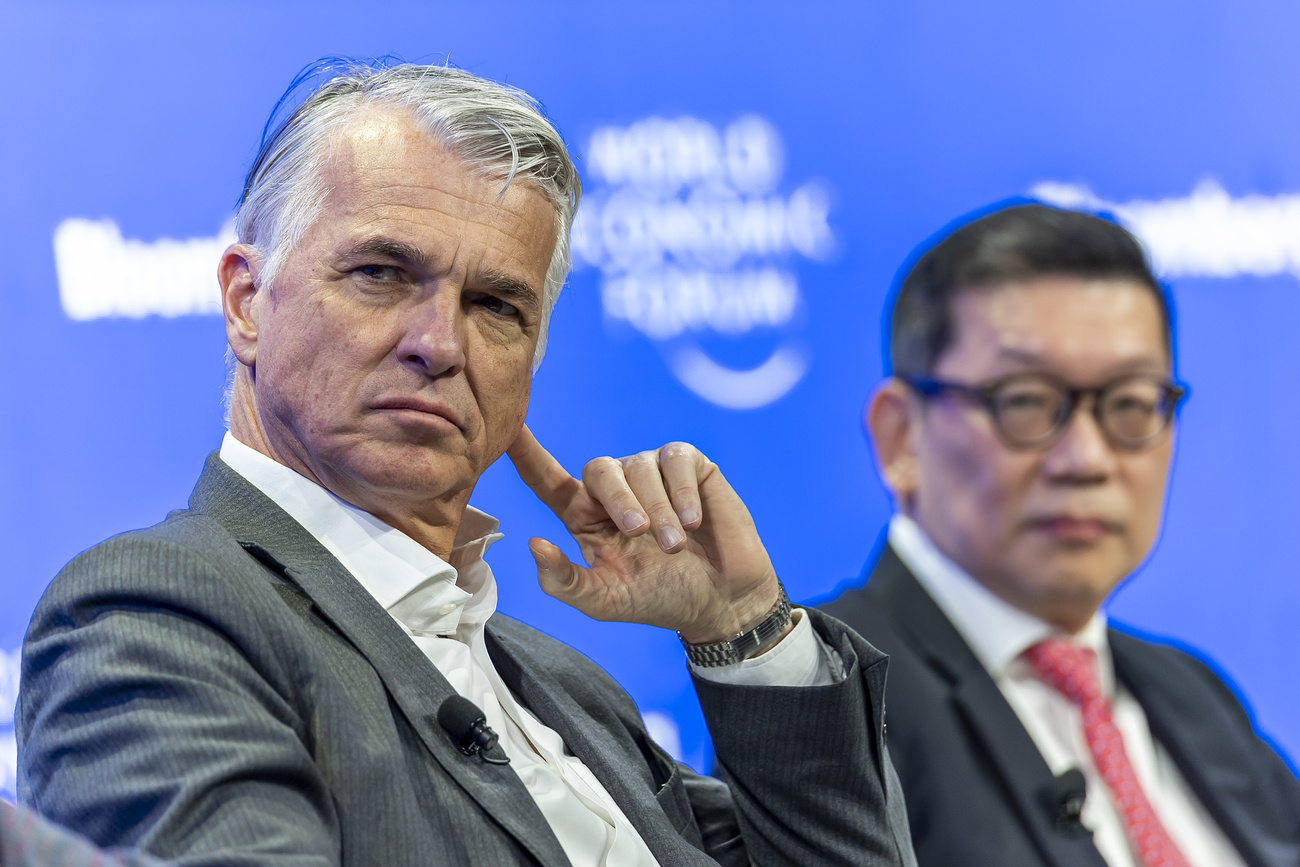

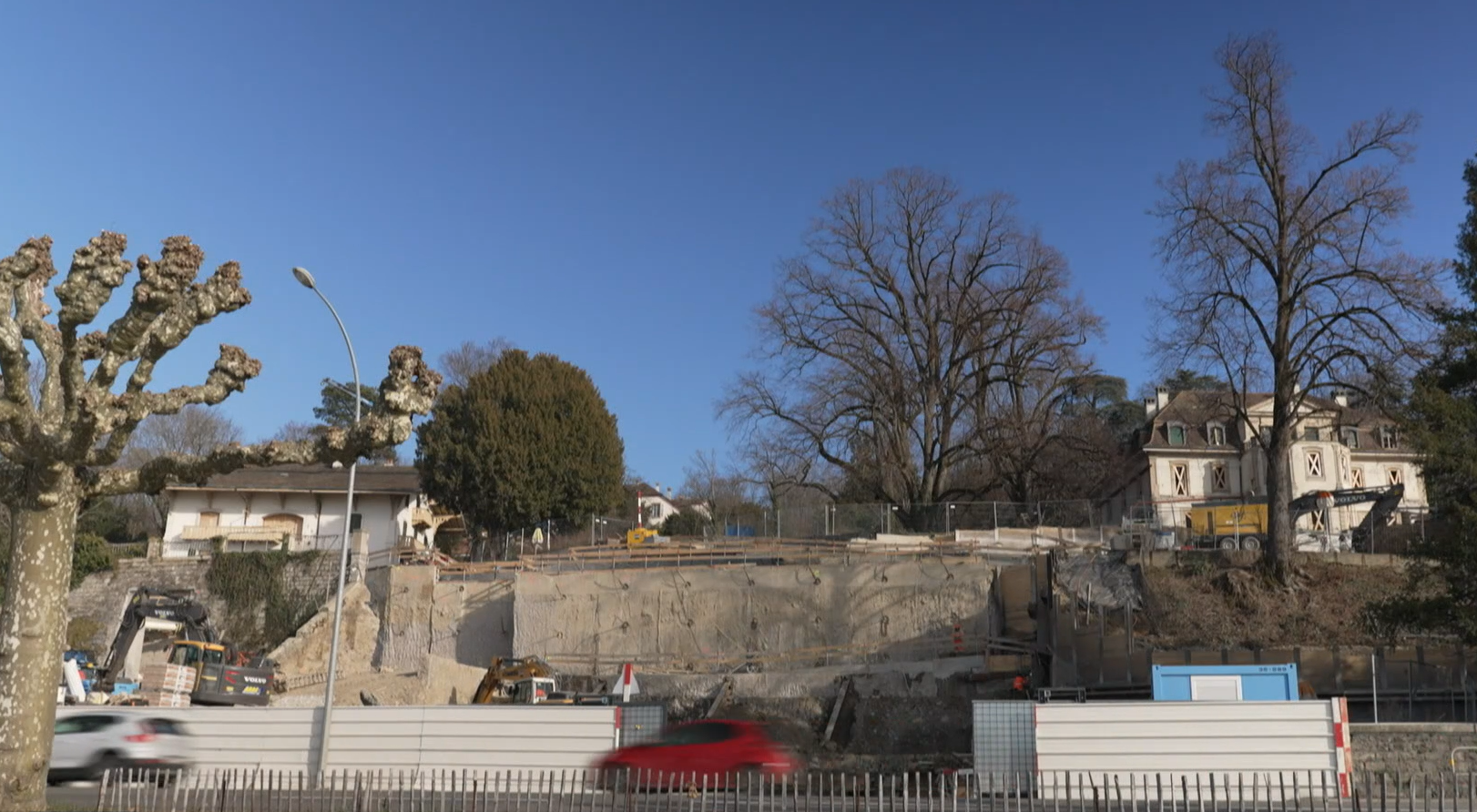
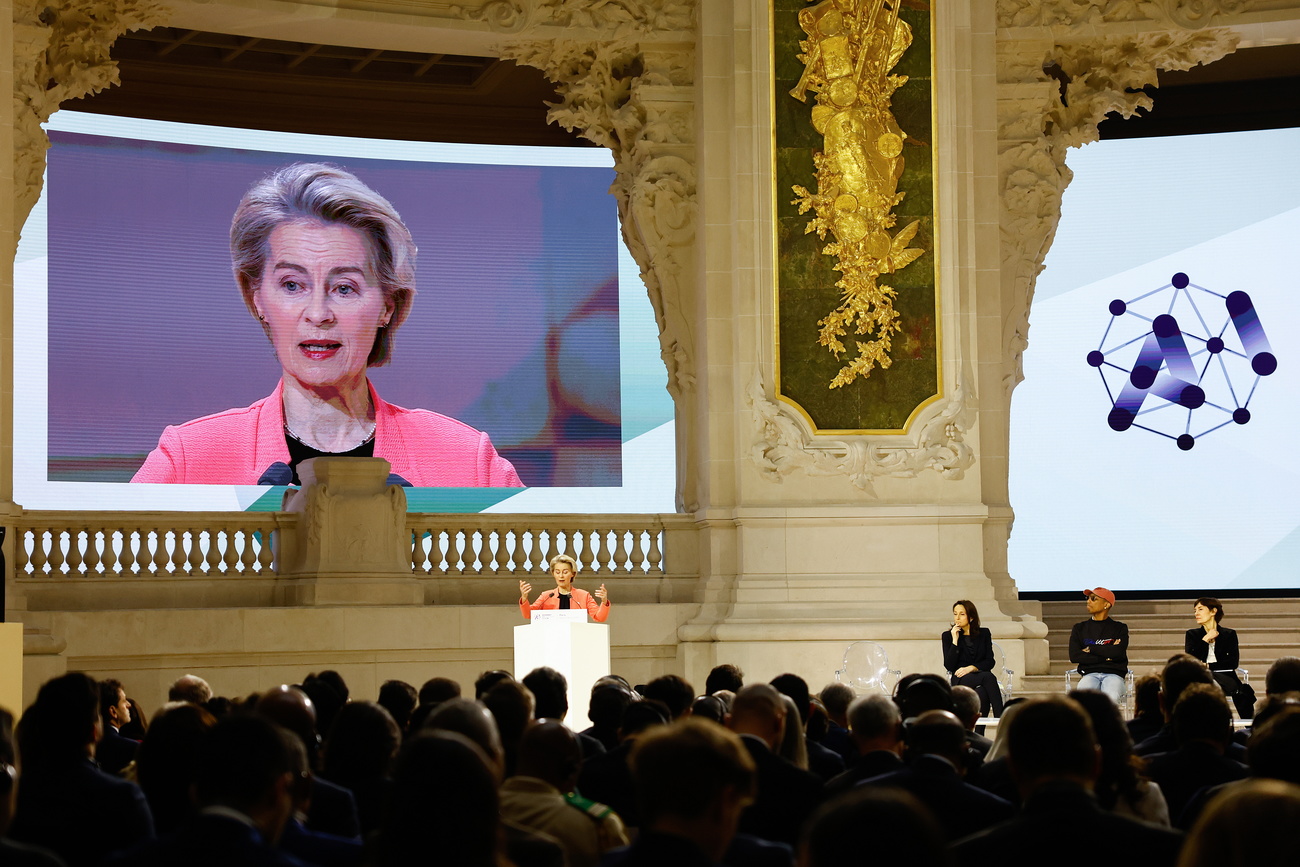


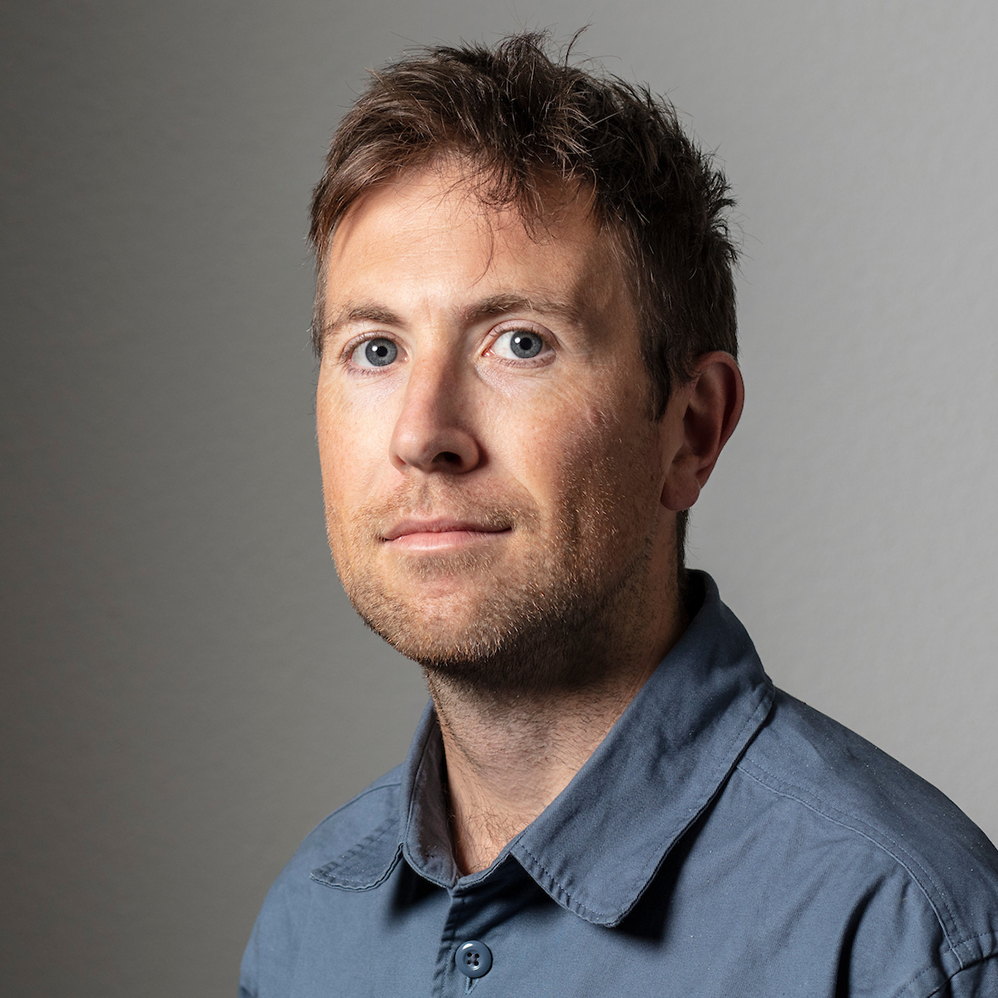
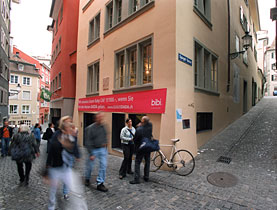
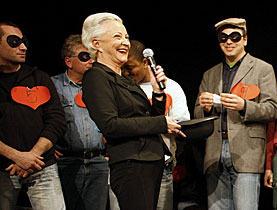

You can find an overview of ongoing debates with our journalists here . Please join us!
If you want to start a conversation about a topic raised in this article or want to report factual errors, email us at english@swissinfo.ch.